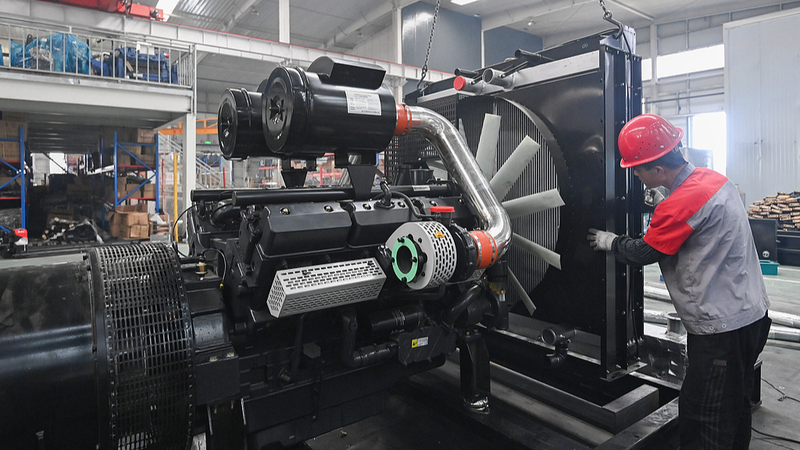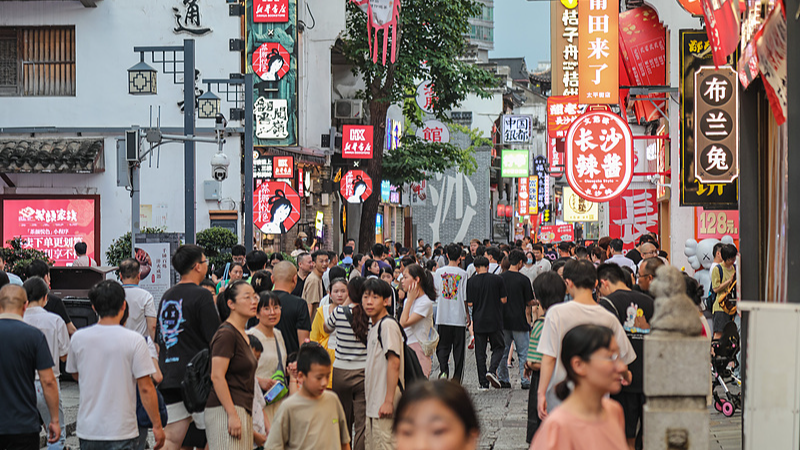China’s latest economic buzzword, "de-involution," is more than just internet slang—it’s now a national strategy to tackle cutthroat competition stifling innovation. Think of it as a real-life Prisoner’s Dilemma 🕵️♂️: companies racing to undercut prices, only to crash profits for everyone. But how does Beijing plan to flip the script? Let’s break it down.
🔄 From Price Wars to Policy Wins
Imagine a Hunger Games-style battle where firms slash prices to survive, leaving no room for R&D or creativity. Sound familiar? China’s policymakers are using game theory to redesign the rules, encouraging collaboration over cutthroat tactics. No, it’s not about price controls—it’s about reshaping incentives to prioritize long-term growth over short-term gains.
💡 Why Innovation Needs a Reset
When only the biggest players survive price wars, innovation takes a backseat. Smaller firms—the ones often driving disruptive ideas—get squeezed out. China’s de-involution push aims to preserve a diverse market where startups and mid-sized companies can thrive. Think of it as "survival of the most creative" 🌱, not just the cheapest.
🌍 Global Ripple Effects
This isn’t just a Chinese story. A healthier innovation ecosystem in the world’s second-largest economy could mean more tech breakthroughs, sustainable solutions, and competitive global markets. For young entrepreneurs and investors, it’s a signal to watch: China’s playing the long game. 🚀
Reference(s):
China's de-involution: Economic logic, challenges, and implications
cgtn.com







